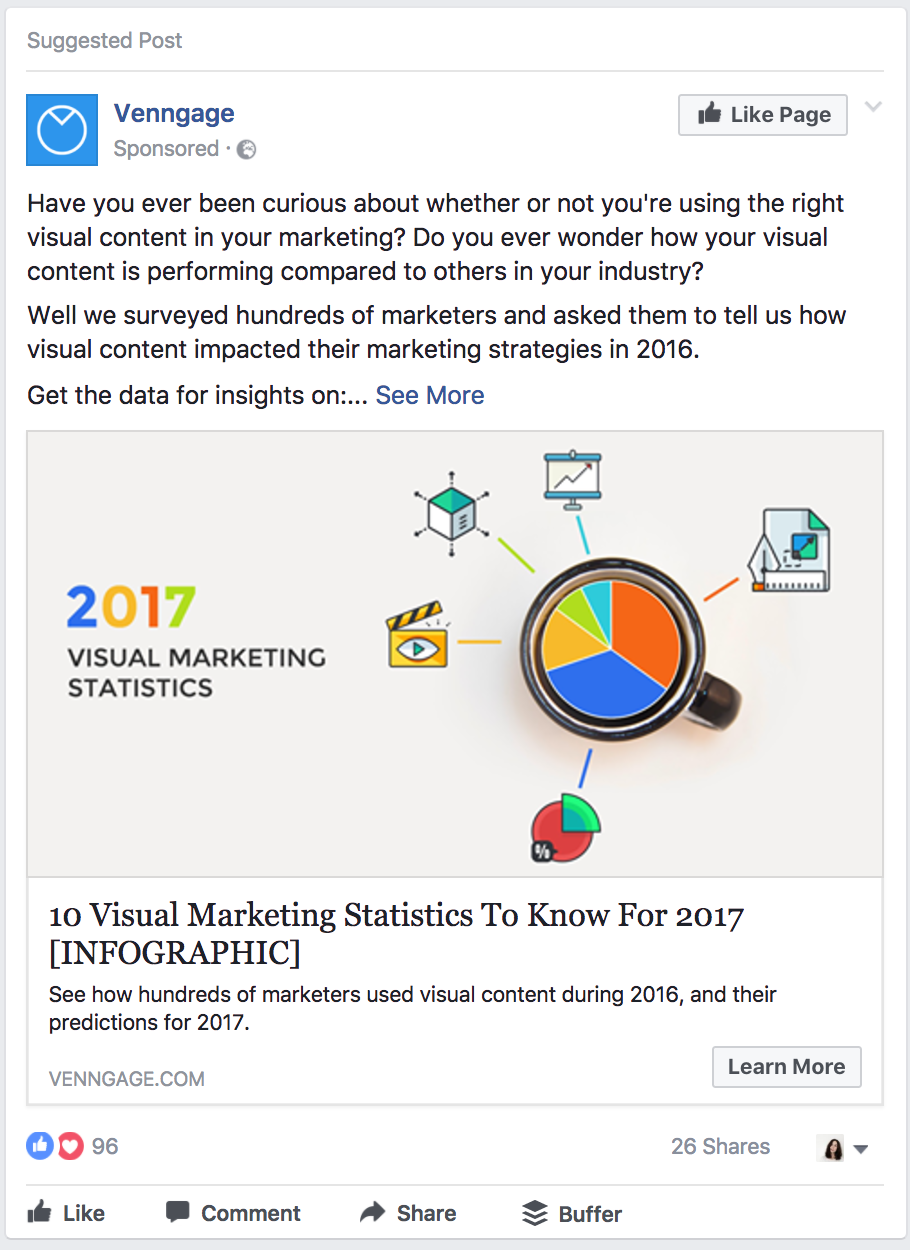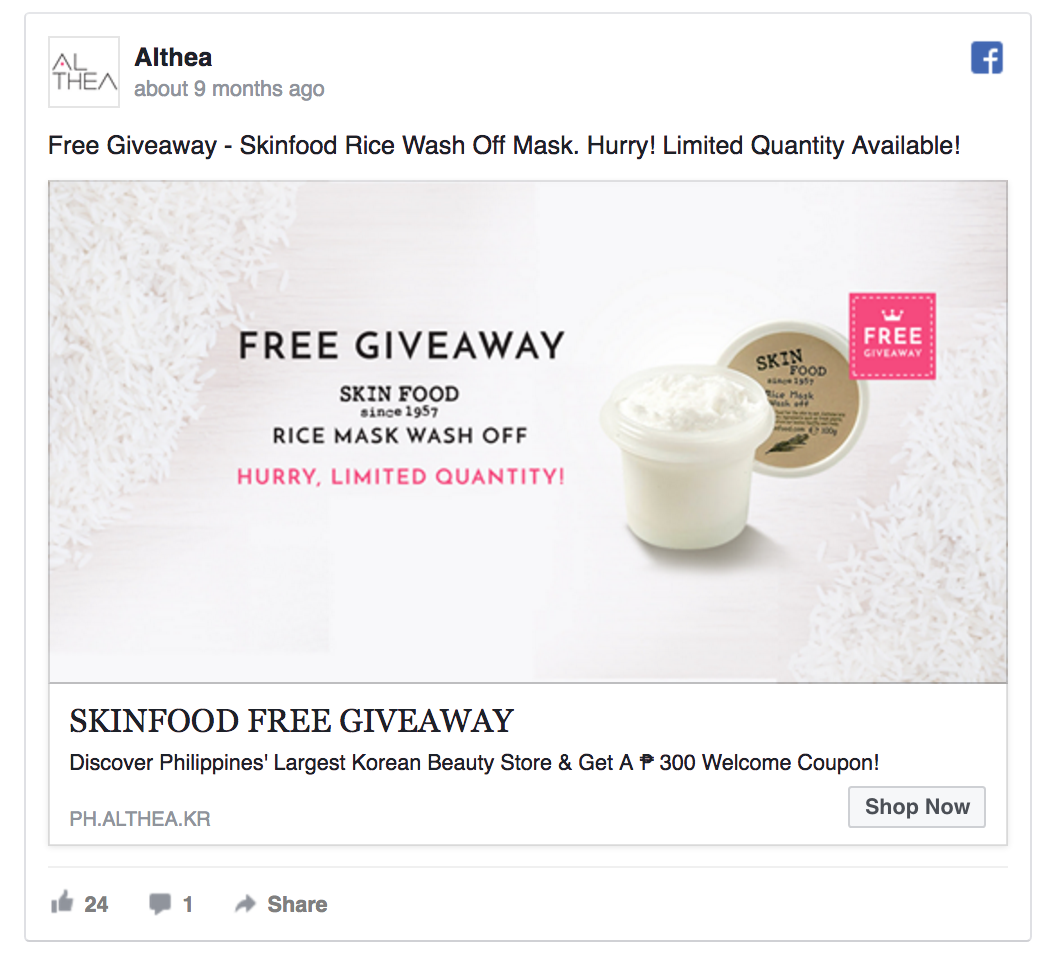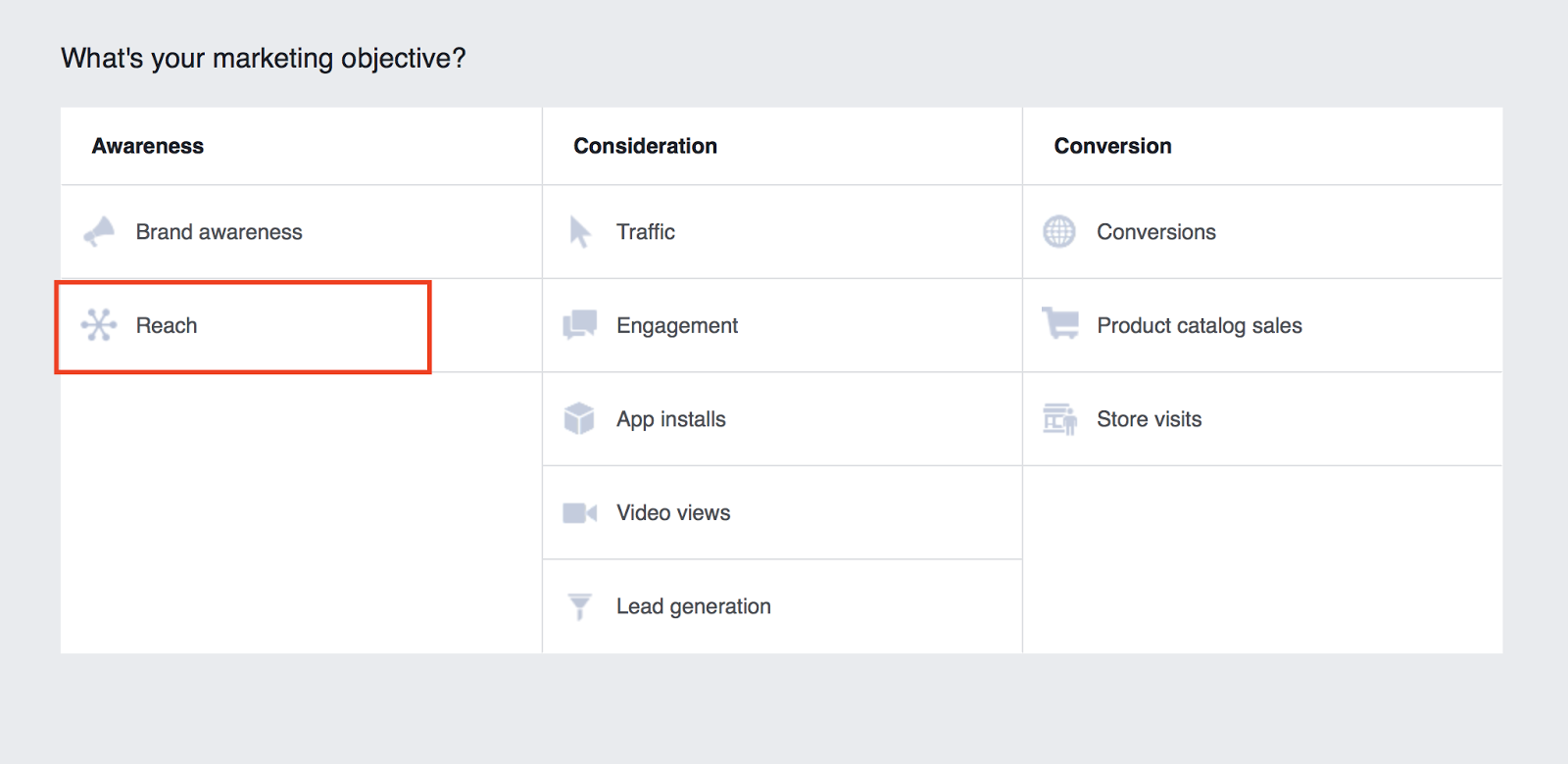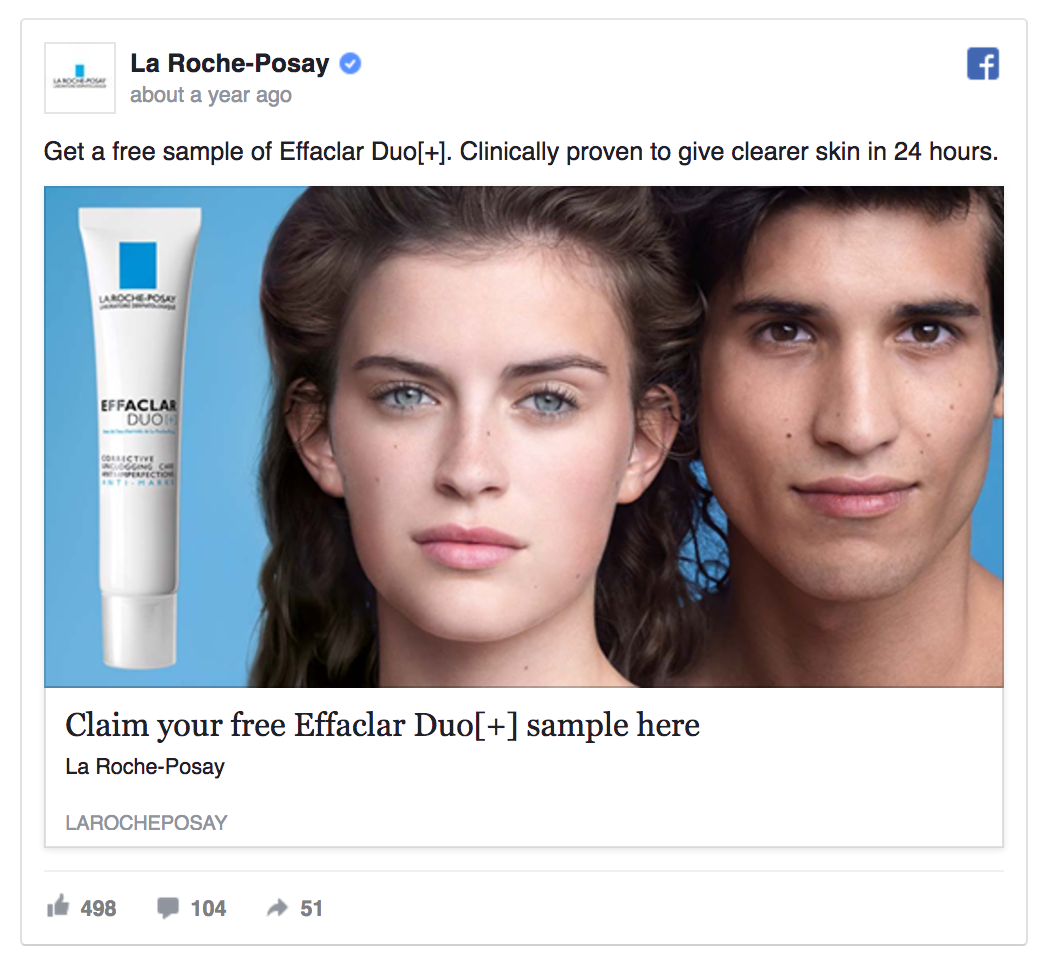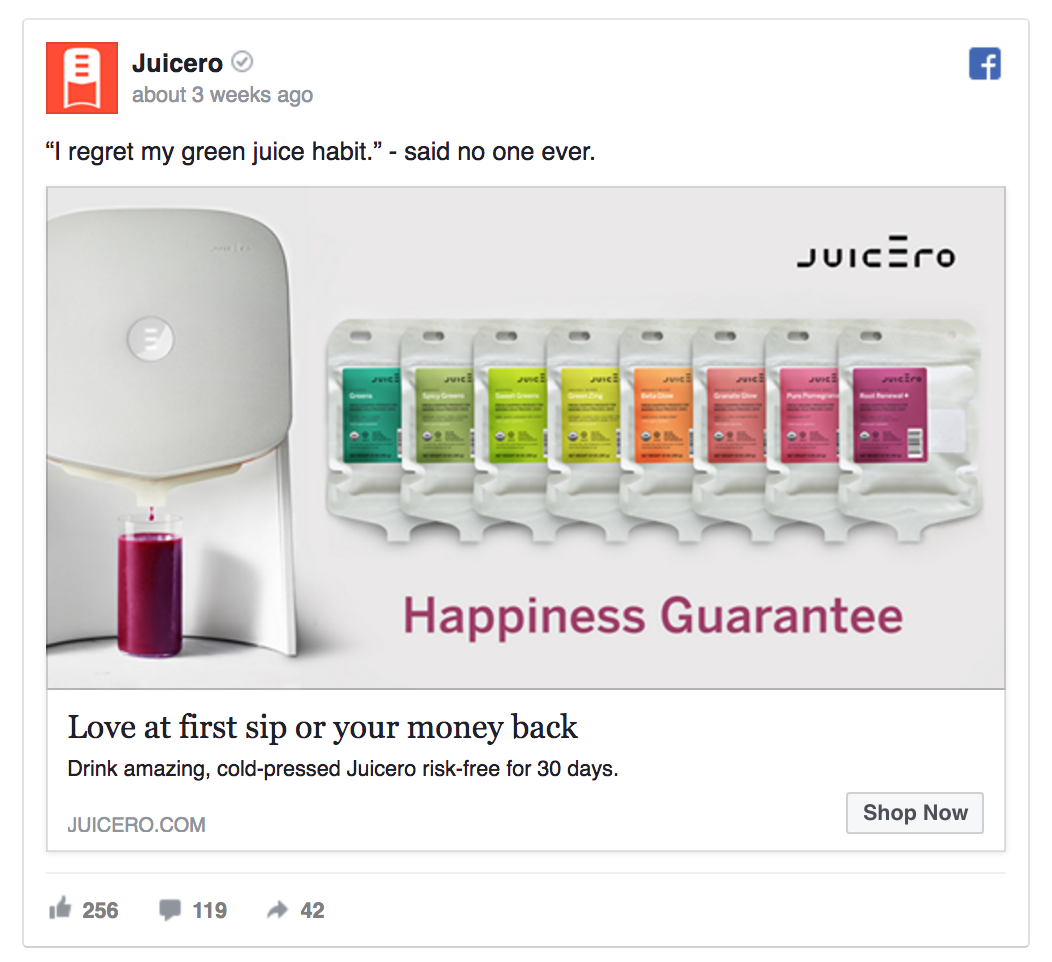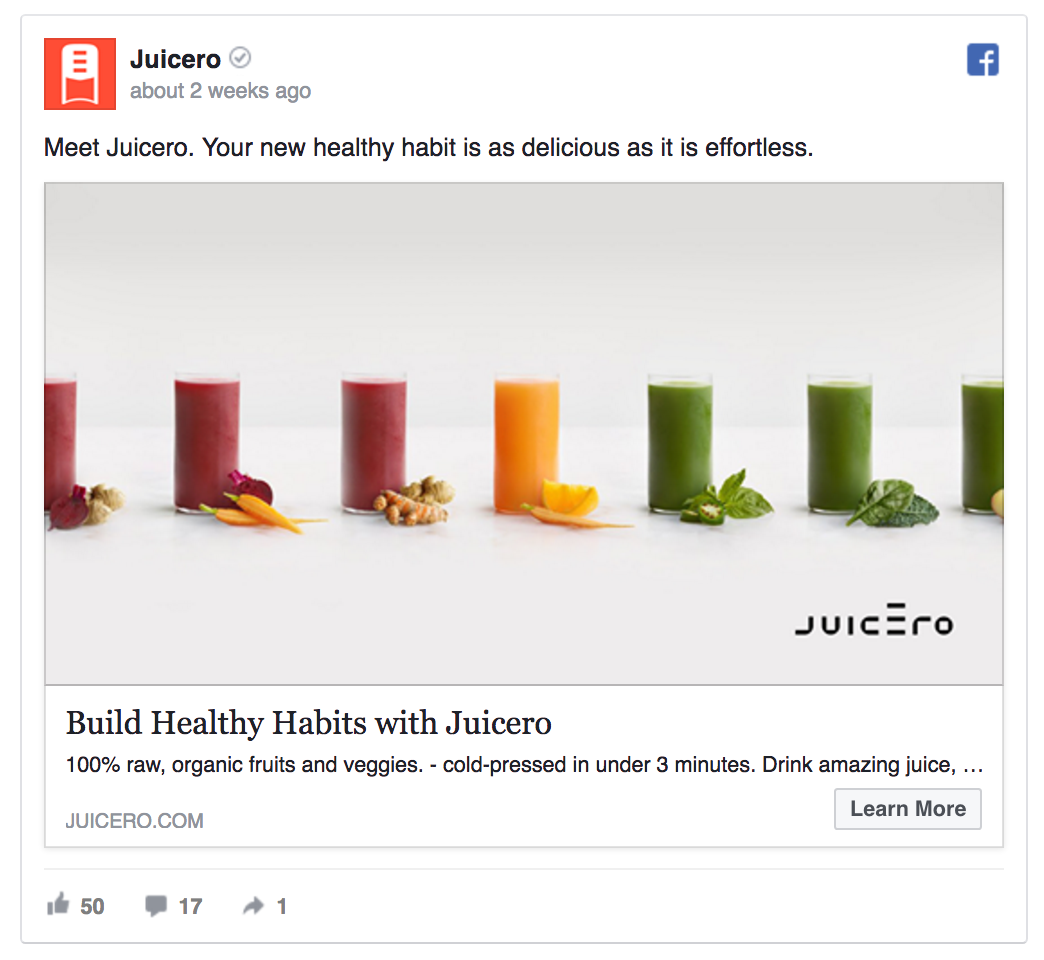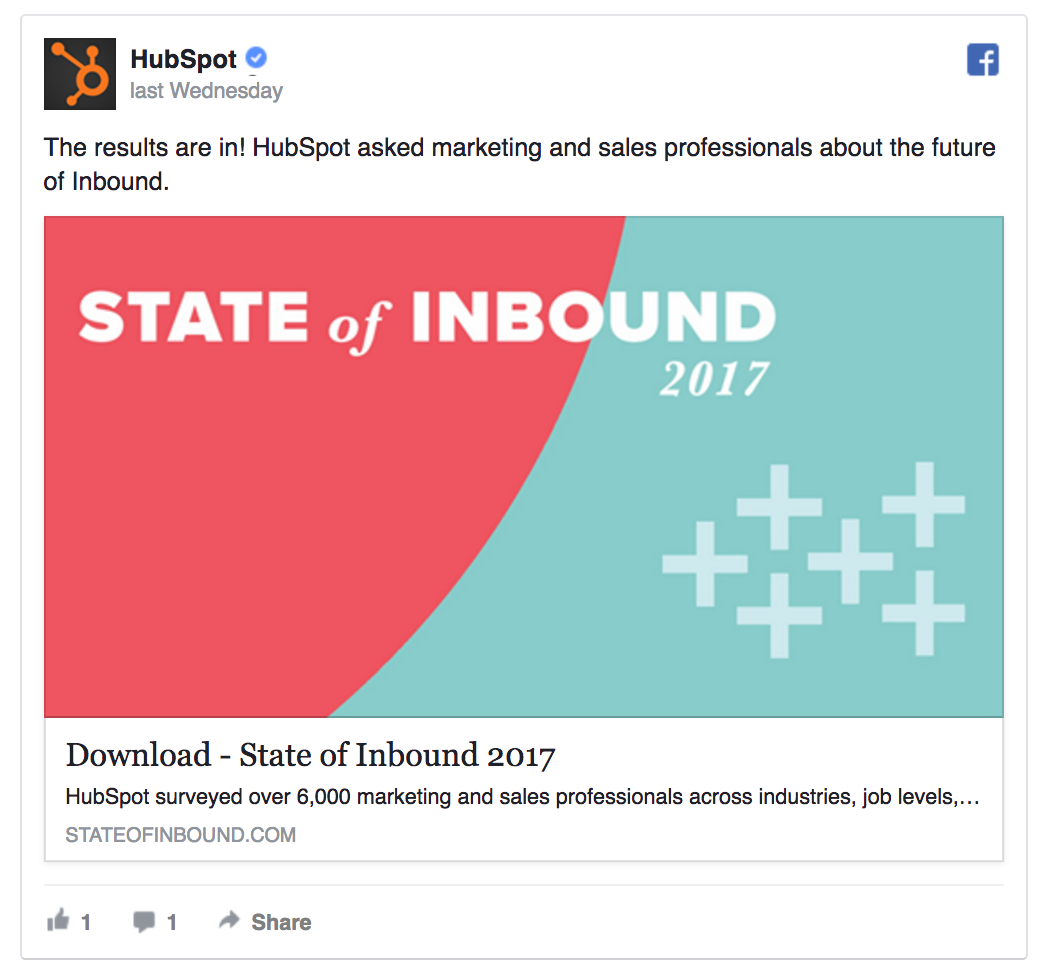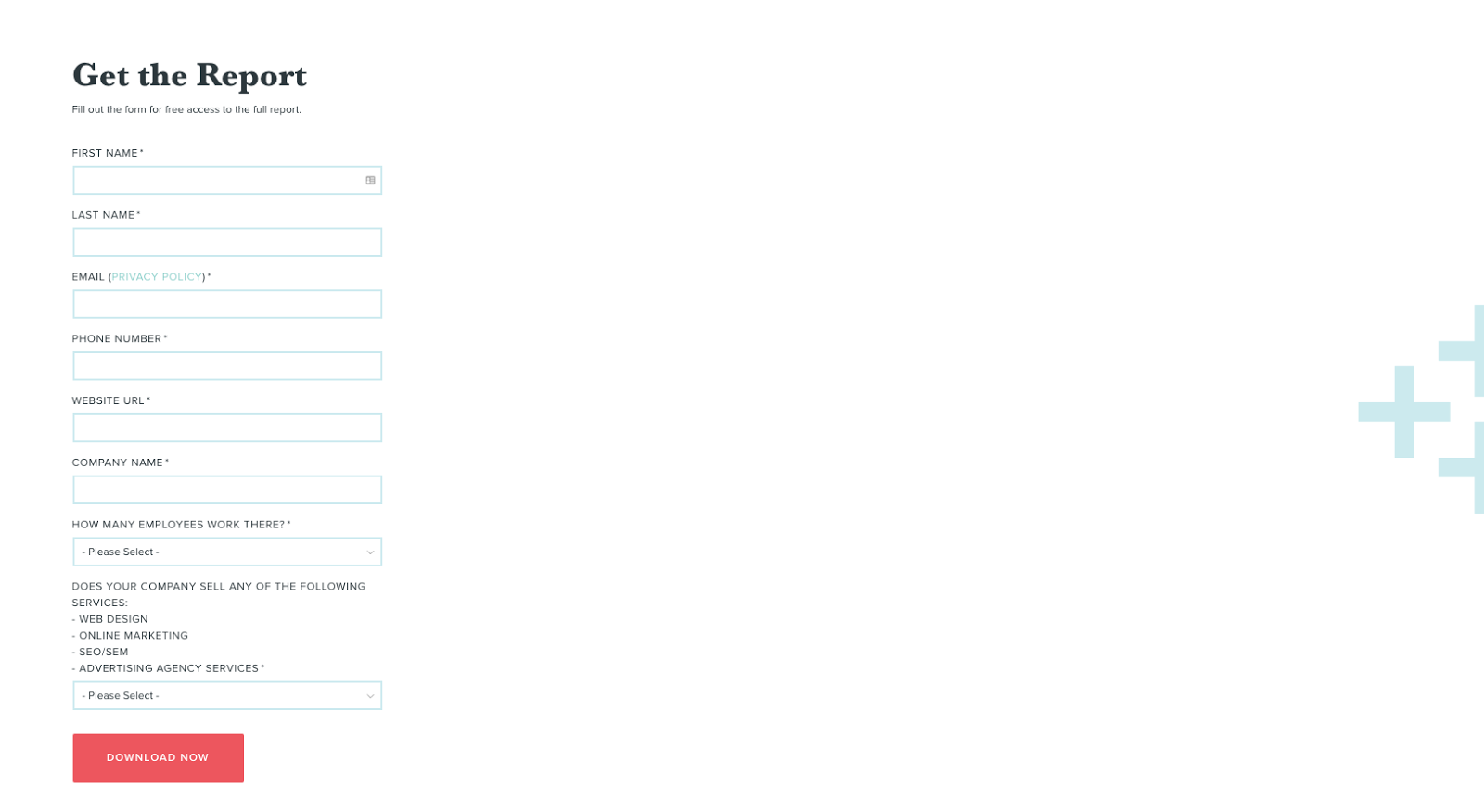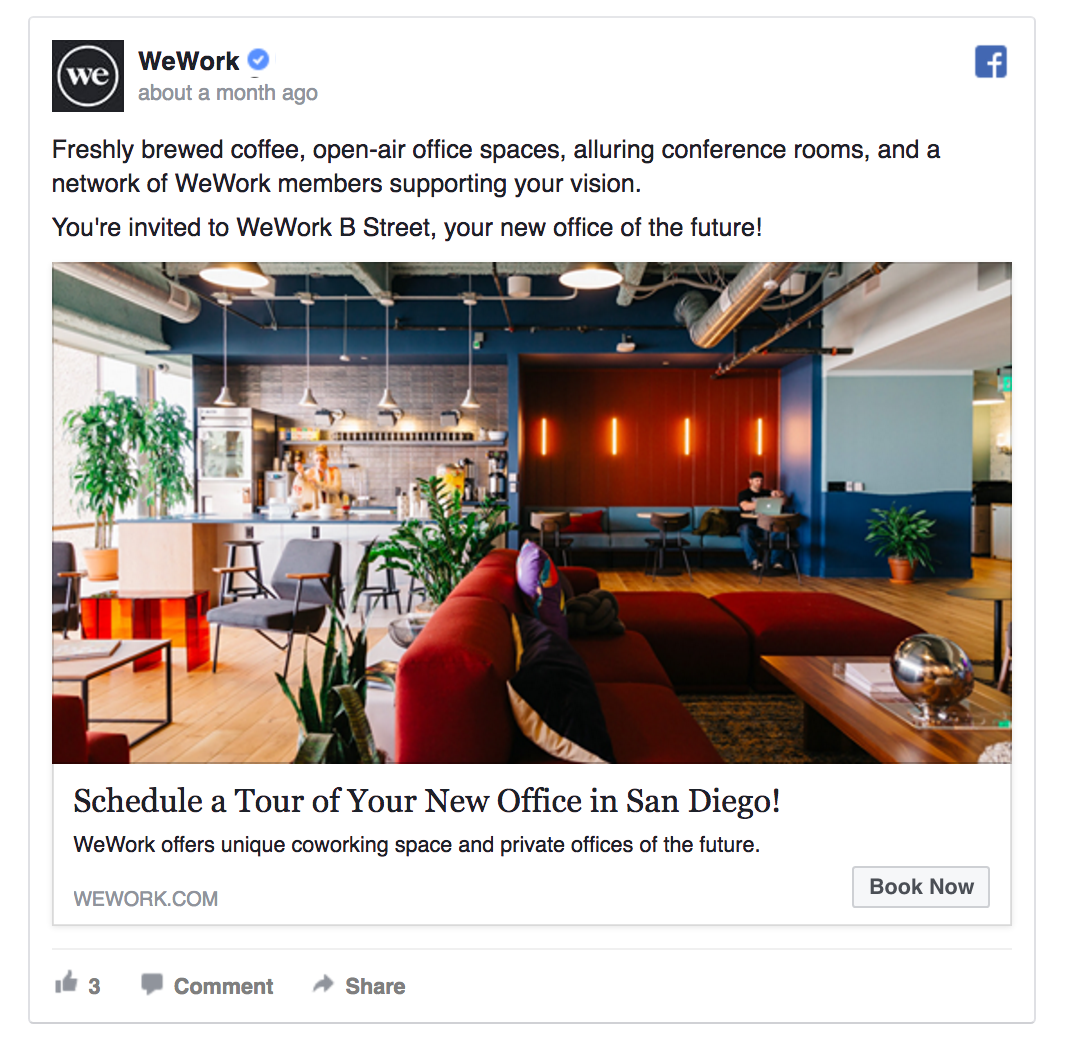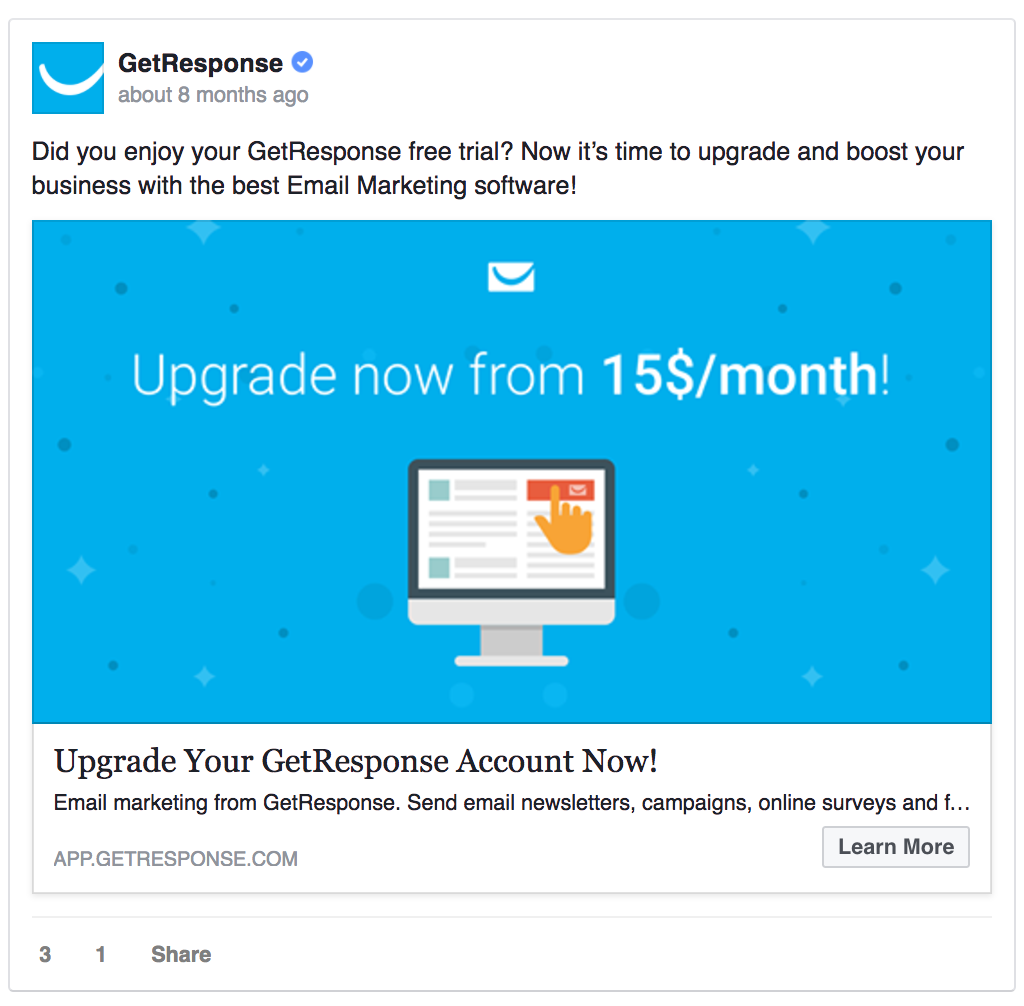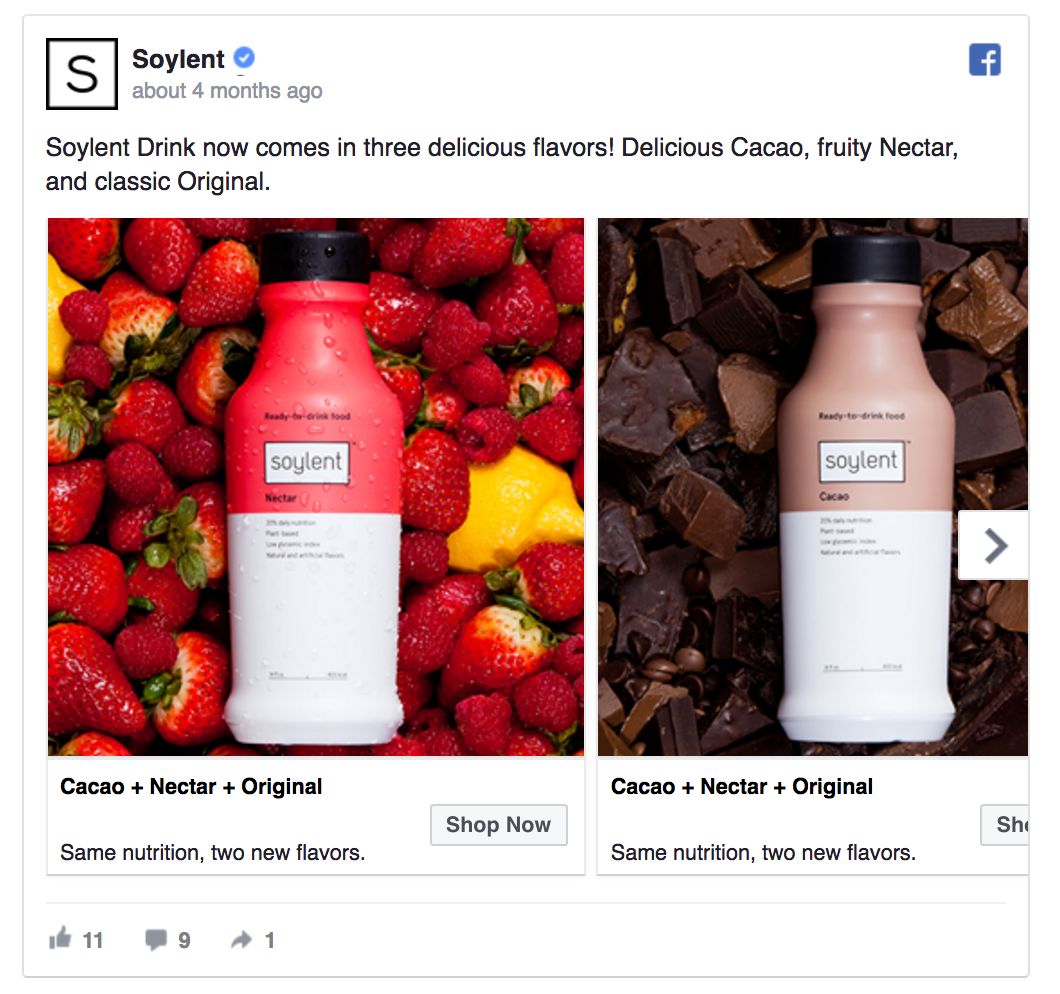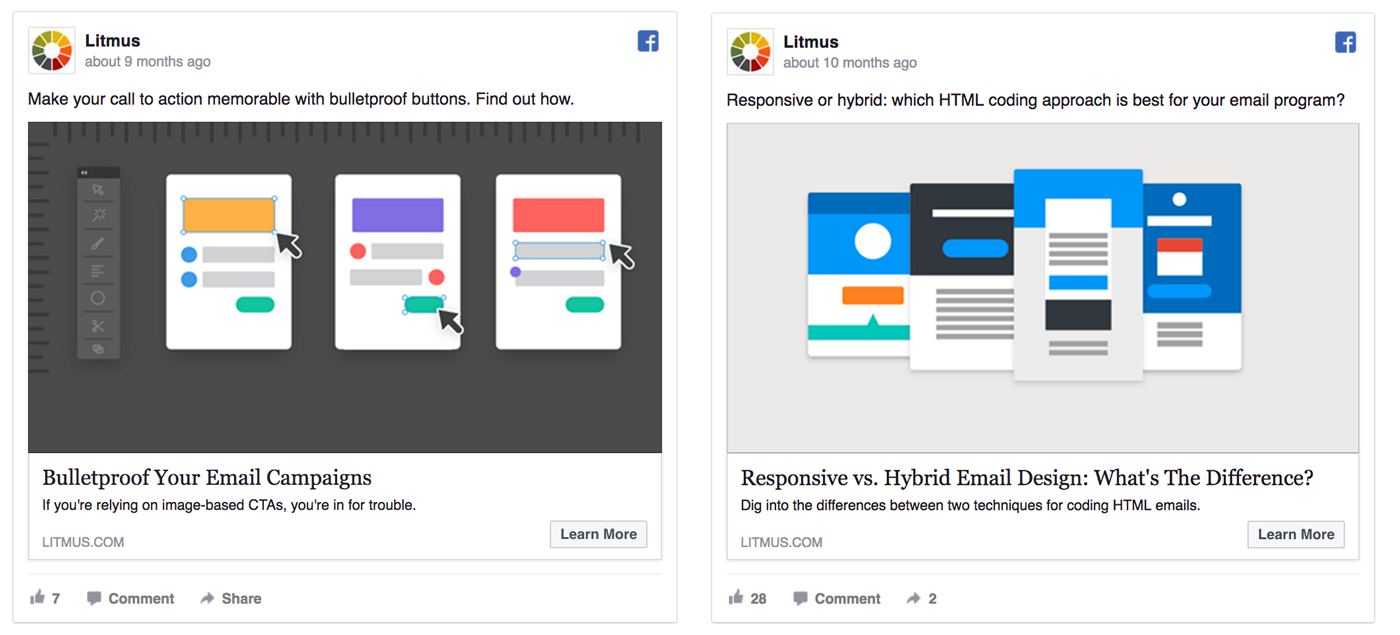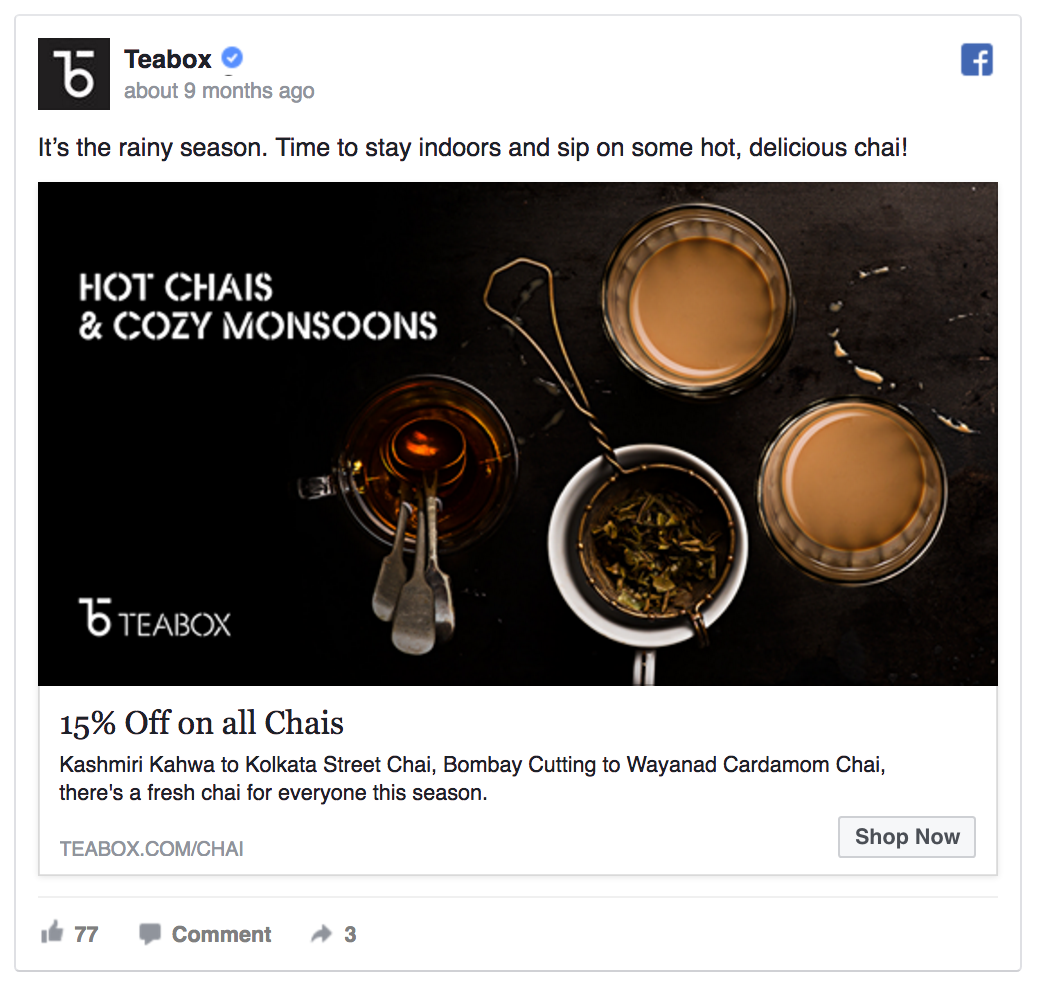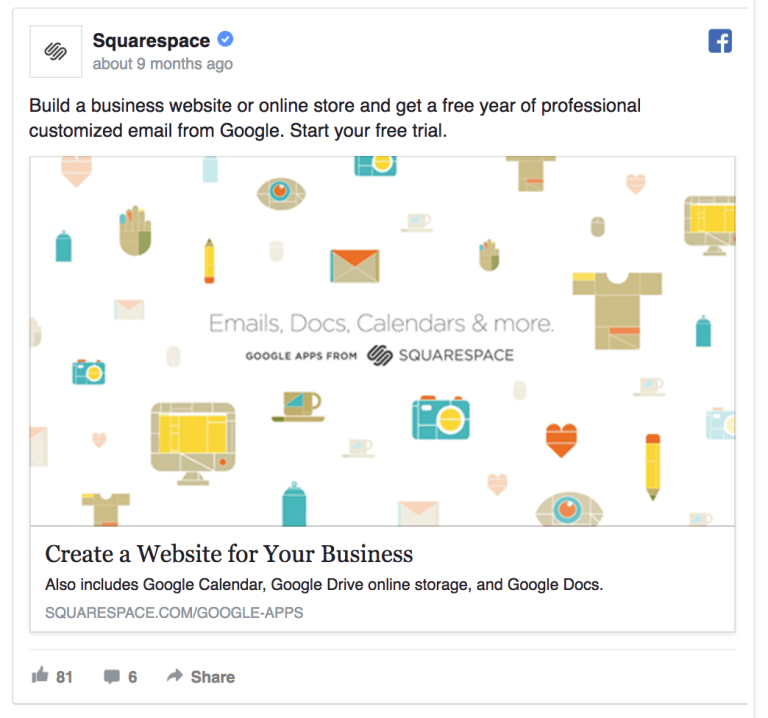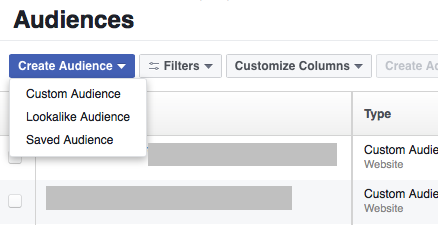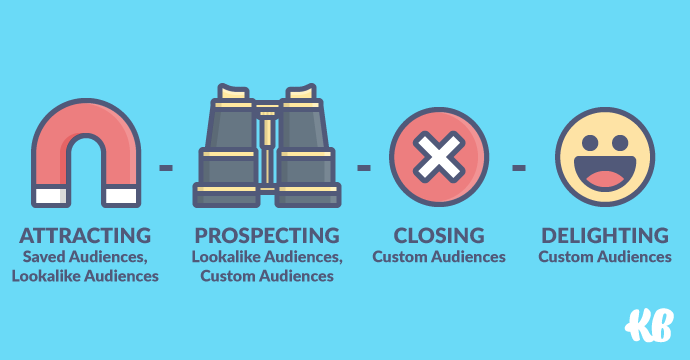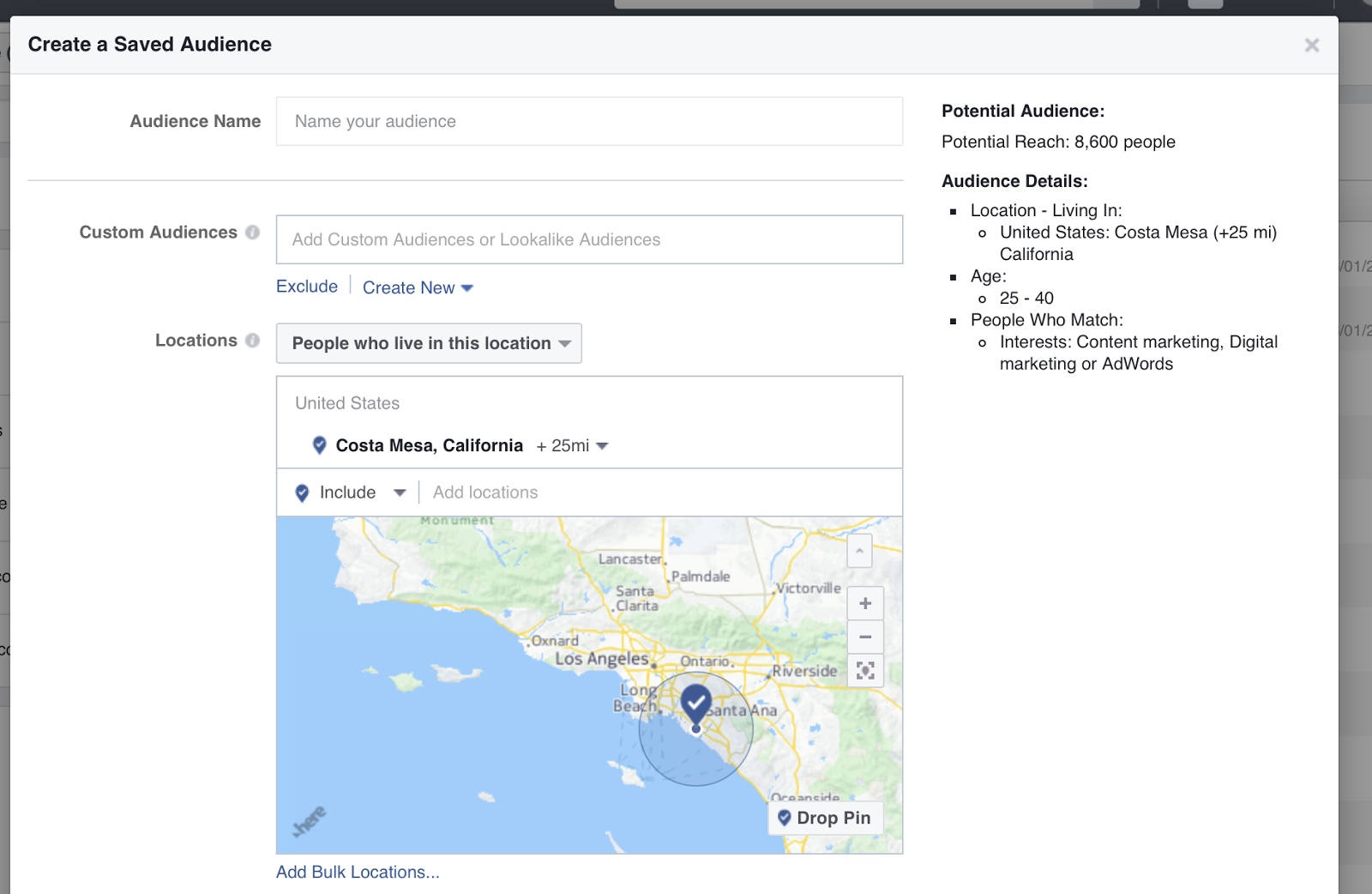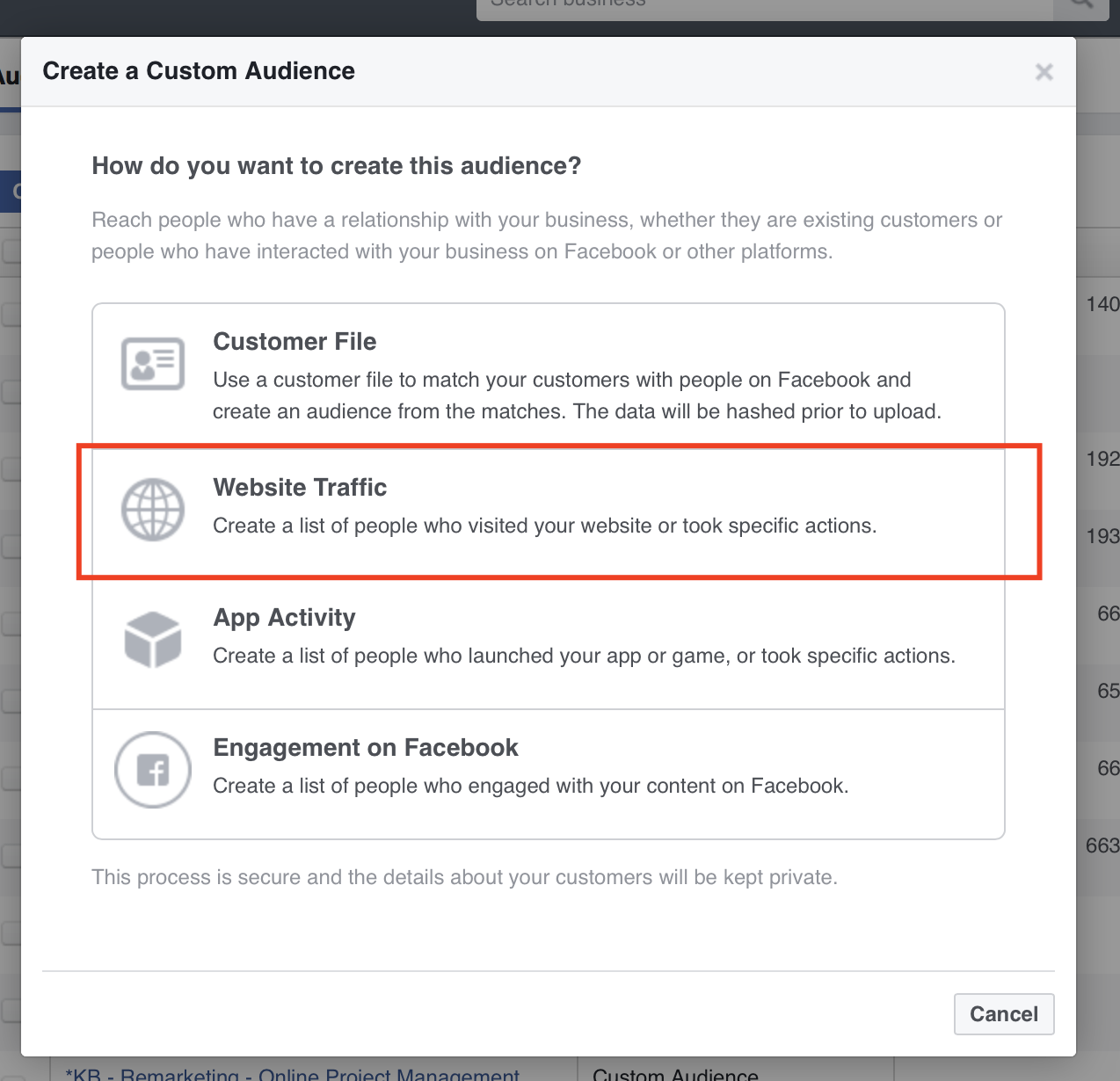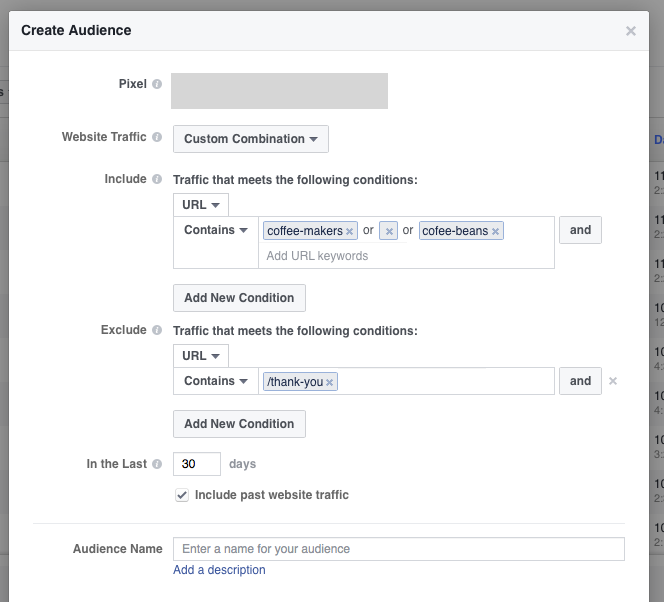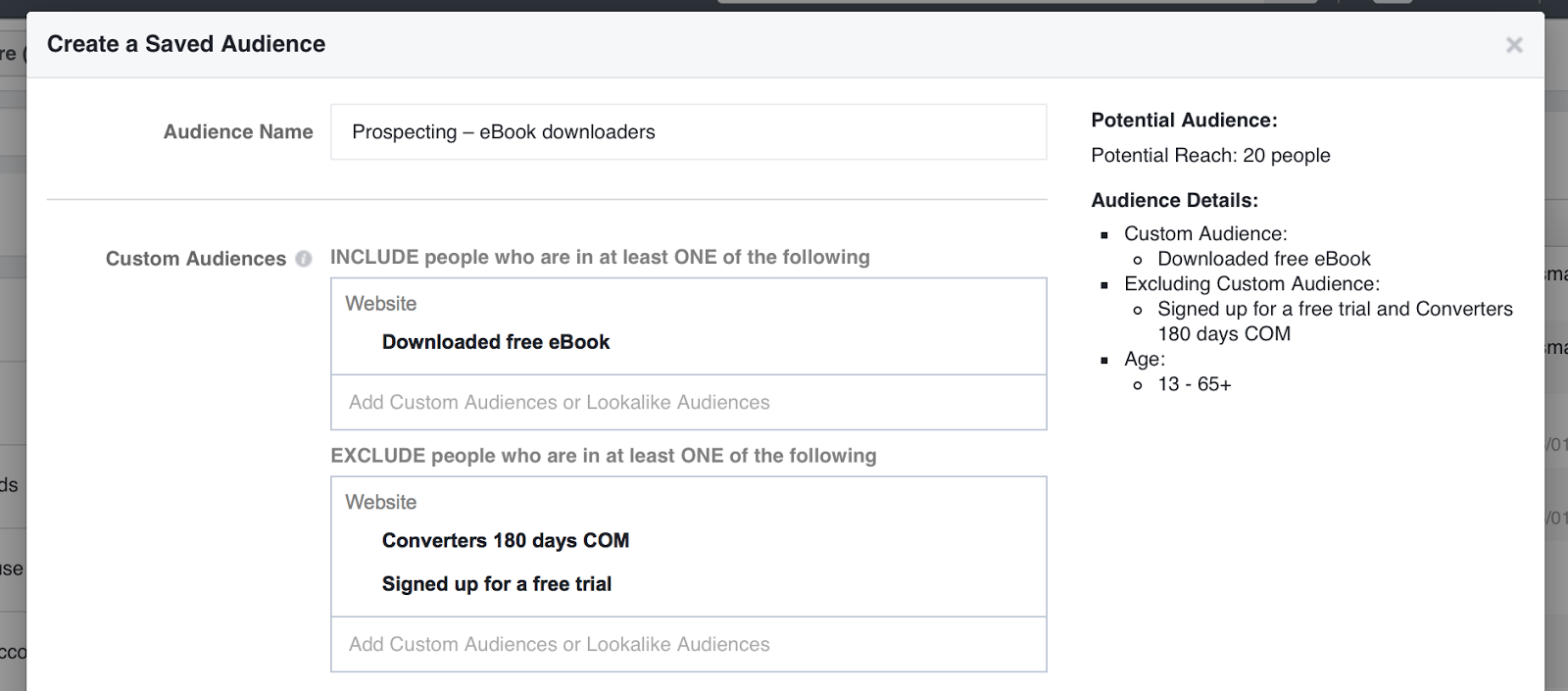The Facebook marketing funnel is one of the most overlooked aspects of social media marketing. Marketers simply tend to forget about it.
However, your Facebook marketing funnel is just as important as any other kind of conversion funnel (and as you might know, those funnels are pretty darn important).
As Olivia, the Director of CRO here at KlientBoost wrote in her conversion funnel post:
“Before you can start selling to your audience, you need to know who your ideal customer is, where they are, and what they will buy — so you can accurately target, tweak campaigns, and increase your return on investment in marketing or sales efforts.”
Easier said than done, right?
The truth is, most of your prospects on Facebook will not convert on your core/bottom-of-funnel offer. So, you need to build a funnel to move prospects from one point to another.
And you will have trouble setting up Facebook advertising campaigns that do that unless you know who your target audience is and their relationship with your product.
No marketing funnel = no knowledge = no ads = no money being made

Of course, you could set up a Facebook ad campaign without giving another thought to your conversion funnel.
But that’s likely to be a waste of your time and money.
As you’re already spending time applying all the best Facebook ad tips and taking care to learn from the best Facebook ad examples, this lends way to giving some thought to your Facebook marketing funnel.
Trust me, knowing your audience and their place in your marketing funnel will make Facebook marketing a lot easier and more profitable.
Get brand new Facebook ad strategies straight to your inbox every week. 23,739 people already are!
What’s a Conversion Funnel?
A conversion funnel is a simplified representation of your prospect’s journey from a stranger to a paying client. Along the way, a buyer will take specific actions, each leading them closer to the final purchase.
Here’s an example of a conversion funnel with the different types of offers you could potentially use:
As you know your conversion funnel, you’ll also know the interests, expectations, and intents of the people at every stage. And this can give you a huge advantage over the competition.
Imagine you were running a coffee shop and could target all your customers with a personalized offer of their favorite beverage.
That could significantly increase your store visits and revenue.
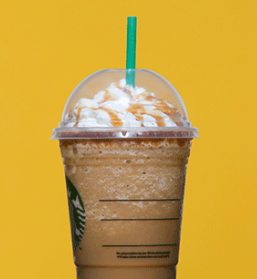
But the personalized offer trick does not only apply to physical stores.
Facebook advertising can help all kinds of businesses get a prospect to move through their marketing funnel at a faster pace.
How?
By delivering highly relevant Facebook ads to people in every stage of the marketing funnel:
- Strangers: Not aware of your product or service
- Prospects: People that have heard of you and might be interested in your offer
- Leads: Highly interested in your offer and learning more or testing out your product or service
- Customers: People who love your product or service so much they’re willing to pay for it
- Promoters: Users who can’t imagine their life without you and want to share their appreciation with the surrounding world
Up next, we’re going to take a look at some amazingly smart Facebook marketing tactics used to nudge people from one conversion step to the next.
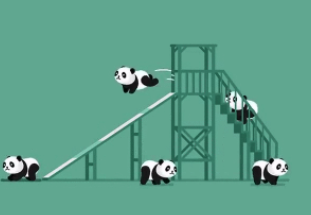
Learn how Facebook ads can change people from strangers to prospects, prospects to leads, leads to customers, and customers to promoters.
Conversion Stage 1: Strangers → Prospects
Imagine you meet someone new at a party. How would you introduce yourself?
If you were like many Facebook marketers and the party was Facebook’s news feed, you’d go to the stranger and yell “Buy me!”
Now that’s not very polite, is it?
At the top of the funnel (TOFU) or Awareness stage, you should rather focus your efforts on introducing your brand and product to people in a low-threat way (you know I’ve talked a ton about threat levels and PPC traffic temperatures in the past).
If your goal is to convert strangers into prospects, your Facebook campaigns should focus on creating brand awareness and making people realize the need for your product or service.
But before you even do that, you should focus on testing offers that are relatively easy to convert on and don’t require the prospect to do too much work.
Asking them to convert for a free trial, demo, or consultation is a tough ask. But getting them to take a quiz, download a whitepaper, or message you via Facebook Messenger could be a lot easier.
A similar breadcrumb technique applies to landing page CRO. You can increase conversion rates by getting people to take a series of small consecutive actions.
Convert Strangers → Prospects with Helpful Content
In the Awareness stage of your Facebook marketing funnel, your main goal should be making more people interested in your product.
Instead of jumping right to the sales pitch, you could start with soft sells such as a helpful piece of content.
For example, Venngage is sharing helpful blog articles with their Facebook fans to build brand awareness and draw more attention to their product.
After a person has read a couple of your blog articles or reached your landing page, you can move them forward in your marketing funnel, and target them with more sales-oriented Facebook ads.
Convert Strangers → Prospects with a Free Giveaway
Another way to draw people’s attention in the Facebook news feed and make them interested in your product is to offer something of value for free.
The resources you’ll be spending in the Awareness phase help to lay the foundation for the later phases in your funnel.
According to an article in the Kissmetrics blog:
“The kind of emotional experience your customers and potential customers experience impacts not just whether you grab their attention, but the length and quality of your relationship with them.”
Think about it.
As you’re able to delight people right on top of your marketing funnel, they’ll also be more likely to convert in the next stages.
For instance, the eCommerce store Althea is running a free giveaway of a cosmetics product to get more people visit their website.
As psychologist Barbara Fredrickson, creator of the “broaden and build” theory, explains in her TED talk:
“Positive emotions broaden people’s ideas about possible actions, opening our awareness to a wider range of thoughts and actions than what is typical.”
Delighting people in the earliest stages of your marketing funnel could incentivize them to feel more positive about your brand. The positive effect may accompany your prospects throughout their entire customer journey, up until the final purchase.
Moreover, studies show that people may feel more obligated to make a purchase after they’ve received a free sample. According to USA Today, Slurpee sales shot up 38% on Free Slurpee Day even though the chain gave away 4.5 million of the drinks.
4 Best Practices for Facebook Marketing in the Awareness Stage
These best practices will help you reach Facebook users in the Awareness stage and move them further along the marketing funnel.
1. Use Saved and Lookalike Facebook Audiences
Target people based on their interests and demographics to reach your potential customers. Create Lookalike audiences to find people who are similar to past converters (i.e. more likely to convert on your offers).
A savvy combination of Facebook Dynamic Product Ads and Lookalike Audiences can have a major impact on your campaigns' performance. One eCommerce business, for example, used these tactics to reduce cost per acquisition by 25%. Again, the groundwork you lay in the prospecting phase will pay off in the later stages.
2. Share Valuable Content And Offers
Make sure your offer in the Awareness stage is good enough to catch people’s attention and make them interested in your brand.
Pro Tip: Check out these 47 Facebook ad tips to make sure your ads get noticed.
3. Communicate The Need For Your Product
In the Awareness phase of your Facebook marketing funnel, it’s important to ensure people understand the need for your product.
What you might want to do is make people realize they need your general product or service offering. Some people may not even realize they have a need, period. At this stage, worry more about creating desire before pushing your specific product or service.
Pro Tip: You could create Facebook ads that showcase your product or list its benefits in the ad headline and main copy.
4. Run Awareness Campaigns On Facebook
When targeting a large cold Facebook audience, select the Reach campaign objective. This tells Facebook to deliver ads to the maximum number of people.
Be careful to only target the Facebook audience that’s likely to be interested in your ads.
Once a person has developed a basic interest in your products or services, he or she could be moved to the next stage of your marketing funnel. At this point, you can target them with a different set of offers and ads.
Conversion Stage 2: Prospects → Leads
A prospect is someone who has heard of your product and is slightly interested in trying it out.
Yet, he or she still far from making a purchase and you should be careful not to scare him or her away with too pushy offers.
To turn your prospects into leads, you can target them with Facebook ads that increase the awareness of your product or service while making people ever more interested in having it.
If you succeed, people will want your product badly enough to buy it.
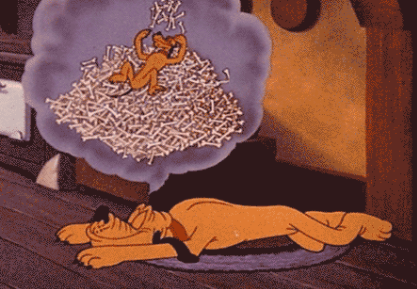
Convert Prospects → Leads with a Low-Threat Offer
If you’re in the B2C (Business to Consumer) business, you might be able to offer people free product samples.
If they like what they see, your prospects could place a paid order for more.
For example, the cosmetics brand La Roche-Posay is using Facebook ads to promote a free product sample.
Note: Some of the ad examples here were collected using the AdEspresso Facebook Ads Gallery and thereby do not have the “Sponsored” sign attached.
On the other hand, if you’re not in a position to give away lots of free stuff, a money-back guarantee can off-load some risk.
Juicero, for instance, offered a 30-day money-back guarantee to anyone purchasing their product.
This tactic is on the borderline of prospecting and sales and requires that a person is already highly interested in your product.
Juicero also could have run a brand awareness campaign beforehand to build their audience. This would have helped to differentiate who was truly interested in their product.
When setting up your Facebook marketing funnel, create different ads and messages for people in every stage.
Convert Prospects → Leads with Gated Content
To convert your prospects into leads, you could also create high-value content.
But you shouldn’t necessarily give it away for free.
If you're going to provide a cool eBook or a helpful webinar, for example, you can ask people to share their email address and some additional information with you.
HubSpot is doing this by promoting a research paper on the state of inbound marketing.
When a person clicks on the Facebook ad, they’re directed to a landing page where they must complete an extensive lead form before they can download the report.
That’s beneficial to HubSpot for several reasons:
- They’ll know that you’re interested in inbound marketing
- They’ll get the information about the company you’re working at
- Their sales team can do some research and reach out if you look like a potential customer
Here’s another smart Facebook ads case study:
Design Pickle ran a Facebook ad campaign that led people to a landing page where they needed to fill in a lengthy lead form in order to get a free request.
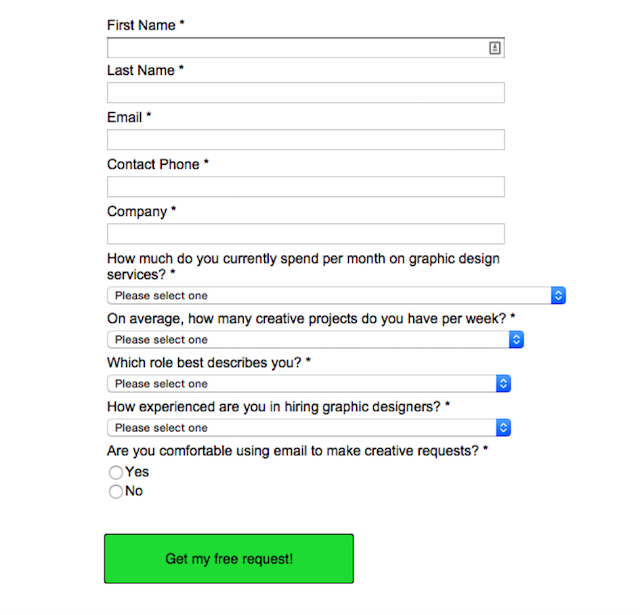
As you might imagine, not all landing page visitors were willing to fill in the form. However, that’s just what the marketing team at Design Pickle was hoping for – they used it as a qualification for passing people to further marketing and sales phases.
As a result, Design Pickle spent $4,526.29 on Facebook ads to generate 496 leads and $5.8K in MRR (Monthly Recurring Revenue).
Convert Prospects → Leads by Offering a Free Trial
If you’re in the SaaS (Software as a Service) business, you could offer your prospects a limited-time free trial to take your product for a test drive.
Nowadays, it’s become such a common practice that most SaaS brands are doing it.
Which means that your trial offer must be compelling and radiate high value.
For example, Hootsuite’s Facebook ad offers to solve the problem for all prospects – wasting too much time on social media marketing. The solution? – you can try Hootsuite’s product for free for 30 days.
If you’re not in the SaaS business, no problem. All kinds of brands can find a way to give away a free sample or trial of their product, even a co-working space.
WeWork’s Facebook ad promotes a free tour in their new office location. Someone who books a free tour is much more likely to become a tenant in the future.
Giving away free trial periods or free office tours is a fairly low-cost way to delight your prospects and make them even more interested in your product.
4 Best Practices for Facebook Marketing in the Prospecting Stage
These tips will help you reach and engage your Facebook audience when they're at the prospecting stage.
1. Target Facebook Custom Audiences
Create Facebook Custom Audiences of people who have clicked on your Facebook ads, visited your landing pages and shown some interest in your product.
Make sure to target your warm audiences with a different offer from the one you’re showing to cold audiences.
By using Facebook Custom Audiences, a German home décor search portal moebel.de was able to decrease the cost per acquisition by 22% by lowering the CPC by 17%.
2. Offer Free Or Discounted Samples
Start with low-threat offers and promote a free trial, discount offer or provide a money-back guarantee to get people to the next stage of your marketing funnel.
Pro Tip: If you’re planning to run a Facebook campaign with a limited-time offer, use the Accelerated ad delivery so that your ads reach the audience on the right dates.
3. Combine Facebook With Other Marketing Channels
We’ve seen many brands succeed as they combine their Facebook ad strategies with other advertising channels, such as Google Ads and the Display Network.
4. Segment Your Target Audiences
If your product has many features or you’re selling multiple products, make sure that you’re targeting your prospects with the right offer.
For example, if someone interested in pet toys visited your landing page for dog toys, you should create landing page-specific ads that promote more dog toys, not cat food.
Pro Tip: You can create landing page-specific Facebook Custom Audiences to keep your ad campaigns segmented. Also, always be mindful of your landing page and ad message match when setting up remarketing campaigns.
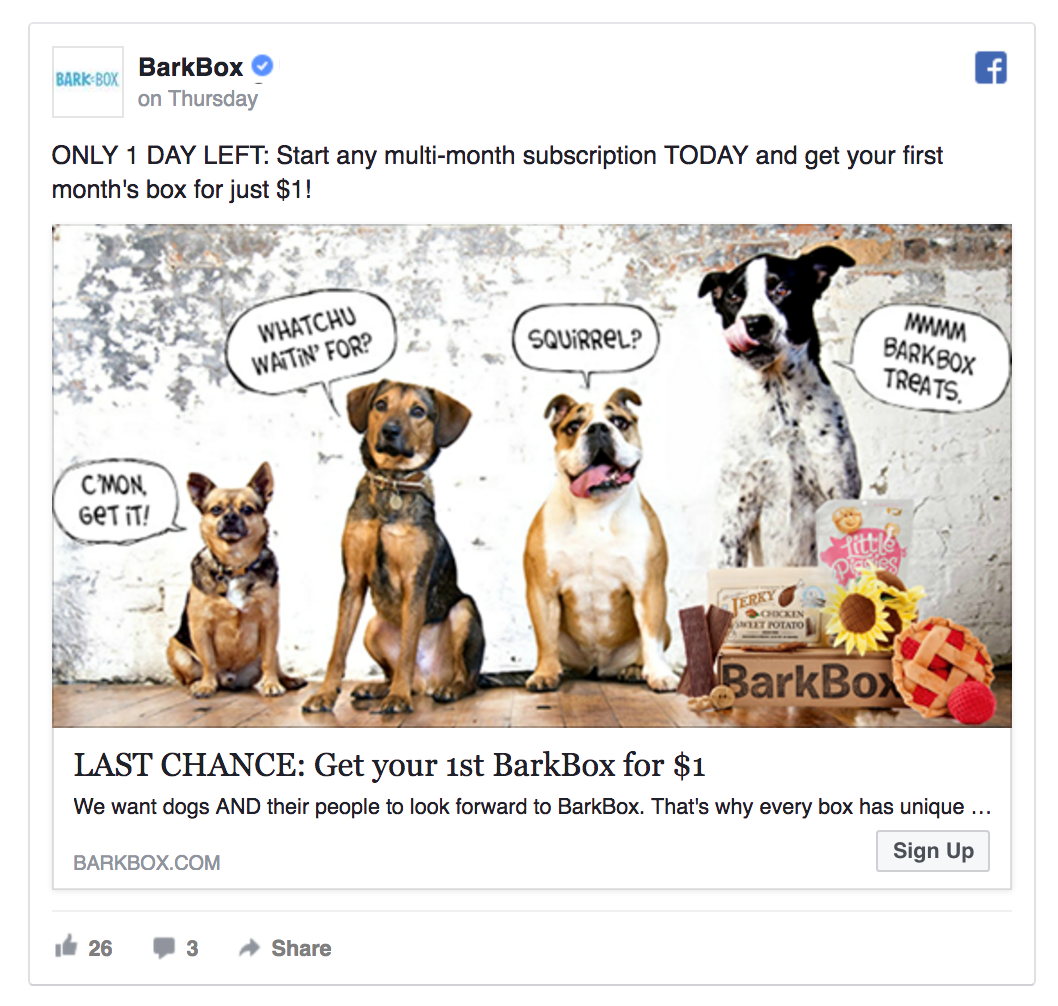
I’ve seen many Facebook ads overlook the critical first steps that turn strangers into prospects and prospects into warm leads. They try to turn strangers into customers with a single ad. Most of the time, it doesn’t work out so well.
You really need to nurture your leads first. Only then will you be able to turn them into paying clients.
Also, note that not all your prospects convert after the same number of steps. While some people might be ready to purchase your product after a free trial, others might need additional nurturing in the Prospect and Lead stages.
Conversion Stage 3: Leads → Customers/Clients
So far you’ve been guiding your prospects through your marketing funnel with small actions, such as an eBook download or free trial. From there, you nurtured them from prospects into leads.
After you’ve worked your magic and generated some micro-conversions, it’s finally time for the big game – convincing people to make a purchase.
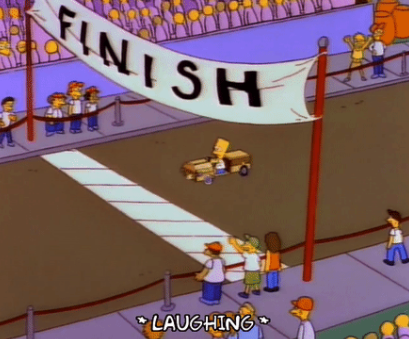
In an article for Crazy Egg, Neil Patel explains that:
“When it comes right down to it, revenue equals attention. If you can secure your lead’s attention, then you have secured a customer.”
In the same article, Neil also suggests some great ways to capture your audience’s attention:
- Create curiosity.
- Use the right words — words that stir up excitement.
- Be relevant. Find out what your customers really want and deliver.
- Be enthusiastic, and even a little bit crazy. Your intensity will be contagious.
- Tighten up your unique selling proposition.
- Use videos (if you aren't already).
So, where can you apply all these tips and hacks to your Facebook marketing funnel?
Let’s find out.
Convert Leads → Customers/Clients with Discount Offers
Often, all it takes to convert a warm audience into paying customers/clients is a little nudge or incentive to make the purchase. For example, Intercom’s offering a 3-month 50% discount to its new users.
Is a prospect interested in using the product but unsure whether it’s worth the price? Give them a chance to try it while paying only half the price.
Has your lead already used your free trial period to test your product? You can target them with an offer to become a paying customer.
GetResponse, for instance, has set up a Facebook ad campaign specifically targeting the people who have started a free product trial.
Keep in mind this one trick: When creating Facebook ads in the Purchase stage of your funnel, try to deliver highly relevant ads that address people with a high-value offer.
Moreover, make sure that your ads remind people of your Unique Value Proposition. In other words, clearly explain why they need your product.
Convert Leads → Customers with a Simple Reminder
When you succeed in the top phases of the conversion funnel, some leads will become very interested in buying your product or service.
If you just leave them sitting in the Prospecting stage, however, chances are those warm audiences will cool down and their interest will dissolve over time.
That’s why you should make sure that a person who’s already sold on your product will also make the purchase, and be mindful of time.
Soylent’s ad does just that by reminding warm leads to make a purchase.
The Facebook ad is not too pushy, but it showcases Soylent’s product line alongside a “Shop Now” call-to-action button.
This campaign could act as a reminder for the people who have visited Soylent’s website several times and shown a high rate of interest.
4 Best Practices for Facebook Marketing in the Purchase Stage
Now that you're in the purchase stage, it's time to put some guidelines in place to keep moving users through your Facebook marketing funnel.
1. Use Facebook Custom Audiences
Similarly to the Prospecting phase, you can set up Facebook Custom Audiences to reach past website visitors and people who have engaged with your ads in the previous funnel stages.
2. Use Strong Calls-To-Action
Make sure that your ads show clearly what a prospect is supposed to do.
For example, if your goal is to drive people to make a purchase, use a “Shop Now” or “Sign Up” CTA instead of “Learn More.”
Pro Tip: While the “Learn More” Facebook ad CTA might get you more clicks at a lower cost, it’s conversions you should be after. When checking your Facebook ad reports, always evaluate the results based on the cost-per-conversion.
3. Don’t Forget The Previous Stages
While it’s tempting to jump right on the sales pitch and ask a cold lead to make a purchase, it doesn’t often work out so well.
To drive people into the final stage of your Facebook marketing funnel, you also need the Awareness and Prospecting campaigns to initiate interest in your sales offers.
Make Your Offer Hard To Resist
The fact that someone’s interested in your product doesn’t necessarily mean they’re willing to pay for it.
To convince people to make a purchase, try to write ad copy that explains your specific product or service benefits as well as makes people excited about the prospect of owning it.
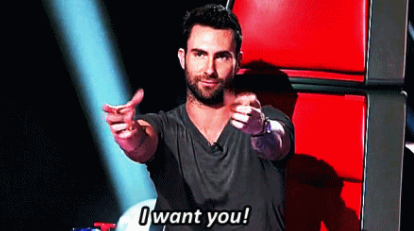
That’s it. You’ve reached the finish line and turned cold leads into paying customers/clients.
Way to go.
But you know what? There’s even more you can do to drive sales and increase revenue.
How? By turning your customers into your biggest fans and brand ambassadors.
Conversion Stage 4: Customers → Promoters
According to a study by Ogilvy, 74% of consumers identify word-of-mouth as a key influencer in their purchasing decision.
But that’s not the only research indicating the importance of word-of-mouth marketing.
BrightLocal found that 88% of people trust online reviews written by other consumers as much as they trust recommendations from personal contacts.
The same study showed that 72% of people believe that reading positive customer reviews increases their trust in a business.
Long story short: positive customer/client reviews help to better chances of increased sales. The same rule applies whenever a user praises your product to their friends and family.
So, what can you do to turn customers/clients into happy brand ambassadors?
It all starts with an awesome product or service experience.
Convert Customers/Clients → Promoters with Helpful Guides
Once people start to use your product, it’s important that they have a pleasant first experience.
For example, if you’re selling a fairly complex product, it might help to advertise a Getting Started guide. You can educate your customers on your product’s use cases.
Litmus put this strategy to work by creating a series of email marketing blog articles to help their customers succeed at work.
Promoting your product guides on Facebook also ensures that they reach a large number of customers, enhancing their product experience.
Convert Customers/Clients → Promoters by Delighting Them
One of the best ways to make your customers/clients happy is to show them you care and provide high-quality service.
Teabox, for instance, runs frequent discount campaigns on Facebook to ensure their new and existing clients are aware of the wide range of choices.
In addition to making discount offers, Teabox also includes two free sample packs with every order to surprise their subscribers with a free gift.
In another example by Squarespace, the company offers a free one-year Google Business account to all new customers.
That might seem like a small gesture. For a small business owner launching a new website, however, a free Google Business email might make all the difference.
Moreover, offering perks can increase the likelihood of people making a purchase in the first place. It also increases the chances of a repeat purchase if the free sample is a complementary or add-on product/feature.
Why Communicate With Your Existing Customers via Facebook?
- Facebook provides a great combination of organic reach and paid advertising, letting you reach a large number of customers/clients.
- More than 30% of Facebook users engage with brands regularly, meaning that as you post something on Facebook, your fans are likely to engage with the update.
- The average Facebook user has 155 friends. As they like or share your Facebook posts, chances are their friends and family will notice (and might also become interested in your product or service).
4 Best Practices for Facebook Marketing in the Advocacy Stage
These Facebook marketing tips and hacks can help you take your customer/client advocacy to the next level.
1. Create Custom Audiences Of Past Converters
Set up Facebook audiences that include your product or service users and past purchasers to target campaigns specifically for your customer base.
2. Publish & Promote Easily Shareable Facebook Posts
Make it easy for your fans to engage with you on Facebook by frequently posting product updates, guides and links to blog content.
Pro Tip: Ask your team to like and share all your brand’s Facebook posts too. This will expand your free organic reach before you promote the post.
3. Make It Easy To Share Positive Feedback
If you’d like to get positive customer/client reviews and get people talking about your product or service online, try to make it as easy as possible.
For example, you could use a chat box to communicate with the new users and ask for their feedback (to be later used in client/customer testimonials). Another option is to run a giveaway campaign on Facebook that is offering a prize in exchange for honest product feedback.
4. Keep Delighting And Educating Your Audience
Once a person has made a purchase, don’t eject them from your Facebook marketing funnel. Keep targeting them with relevant offers once in a while.
Pro Tip: Conduct regular Facebook campaigns to share relevant guides and additional upsell offers with your existing customer/client base.
Audience Targeting in Different Conversion Funnel Stages
As you may know, especially after we mentioned a few in this blog post, Facebook has many (and I mean many) audience targeting options.
You can select between three different audience types:
Saved Audience: Facebook audiences that target people based on their interests, location, demographics, behaviors, etc.
Lookalike Audience: Target group includes people similar to your product or service users and past converters.
Custom Audience: Based on the data available from the Facebook Pixel on your website/landing page, email lists, and other tracked resources.
When it comes to the Facebook marketing funnel, you can take advantage of different targeting options to reach the right audience with the right offer.
As you can see, most of your Facebook marketing funnel stages require that you set up Custom Audiences.
That’s because Custom Audiences let you target and segment people who have:
- Visited specific landing pages
- Converted on particular offers
- Taken specific action when using your SaaS product
See our step-by-step guide to Facebook Custom Audiences to learn everything there is to know about remarketing on Facebook.
Increase Brand Awareness with Saved and Lookalike Audiences
In the Awareness stage of your marketing funnel, you’ll be focusing on informing new people about your product or service. Your goal is to attract them to your website or landing page.
This is a perfect opportunity to use Facebook Saved Audiences. You can target people based on their interests, location, demographics, and even purchase patterns.
You also have the option to create Lookalike Audiences of people who are similar to your SaaS product’s existing customers.
In our experience, Lookalike Audiences can deliver considerable results, especially if your goal is to increase brand awareness and attract new leads.
Both Saved and Lookalike Audiences can include hundreds of thousands of people. Fortunately, Facebook can do the heavy lifting (automated optimization) for you.
But what happens when a person clicks on your ad and comes to your website? How do you move them from one stage of the funnel to the next?
Moving Leads from One Funnel Stage to the Next
If you want to do Facebook remarketing the right way, there’s no way around the Custom Audiences.
To specifically target people who have visited your landing pages, create a Custom Audience based on website traffic.
In the next stage of audience setup, you can enter the URLs of the web pages you want to target.
You can also EXCLUDE people who have already converted on a specific offer by adding URLs you want to exclude.
The EXCLUDE function is extremely important. You don’t want to be showing several remarketing messages to the same person.
That’s why you should always exclude the people who have already converted in one funnel stage from this stage’s Facebook remarketing audience (as they’ll be moved to the next stage).
Here’s an example:
Let’s say the goal of your Prospecting stage is to get people to sign up for a free product trial period. You’re interested in targeting your ads on people who have previously downloaded an eBook.
This means that your remarketing audience should:
- Include the Custom Audience of people that have downloaded your eBook.
- Exclude the Custom Audience of people that have already become free trial users.
- Also exclude your existing customers as there’s no use in trying to convert them to free trial users.
The logic of Facebook remarketing audiences can take some time to get used to. However, avoiding overlapping audiences across your marketing funnel is one of the keys to success.
Quick Recap on Facebook Marketing Funnel
When reviewing your Facebook ad campaigns, take a look at your existing ads. Try to categorize them under the different phases of your marketing funnel.
Have you covered all the stages from Awareness to Prospecting to Lead Nurturing to Purchase?
As the examples in this article showed, knowing your Facebook marketing funnel can help deliver highly relevant ads to your potential customers at every stage.
You'll need to understand the interests, problems, and expectations of every single audience, from strangers to brand ambassadors. This knowledge can help your offers reach the right person at the right time and help increase sales.
What does your Facebook marketing funnel look like? We’d love to hear about your approach to managing a successful conversion funnel.

